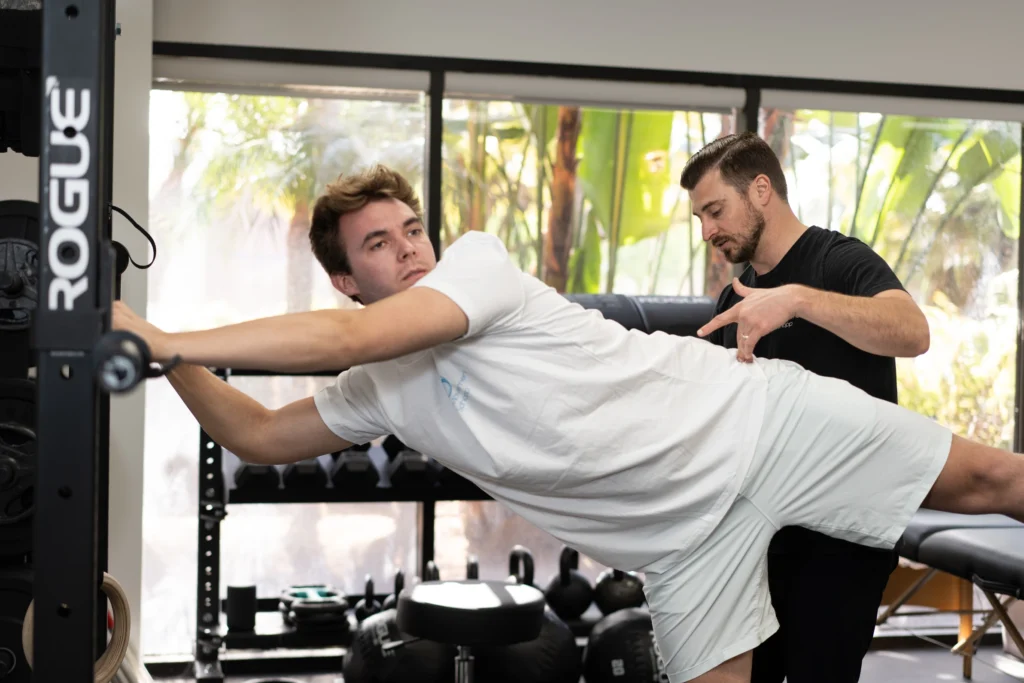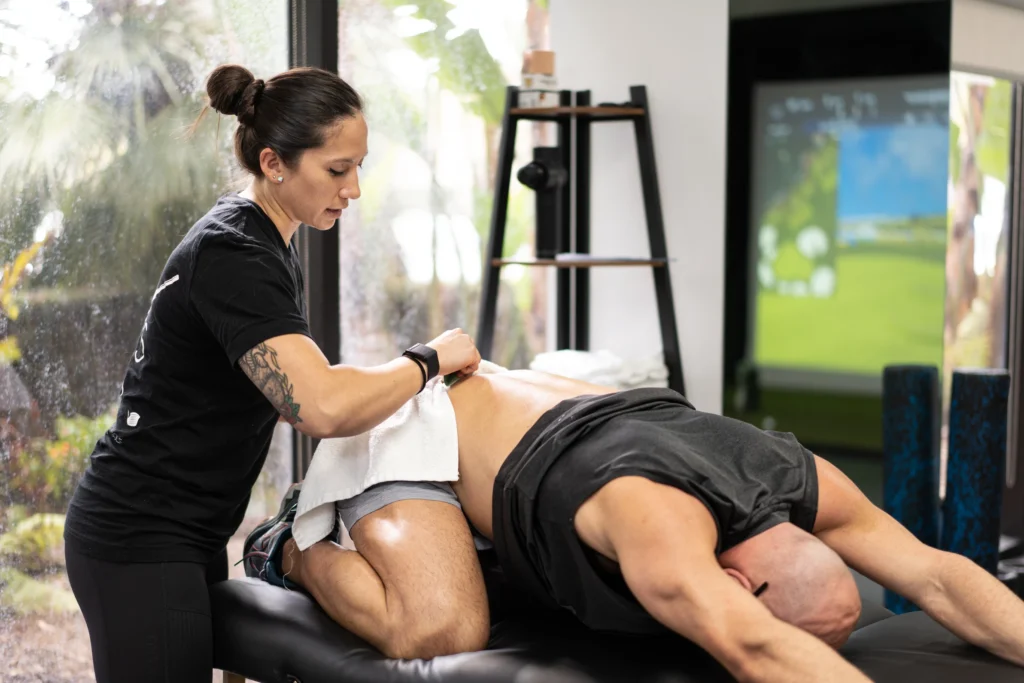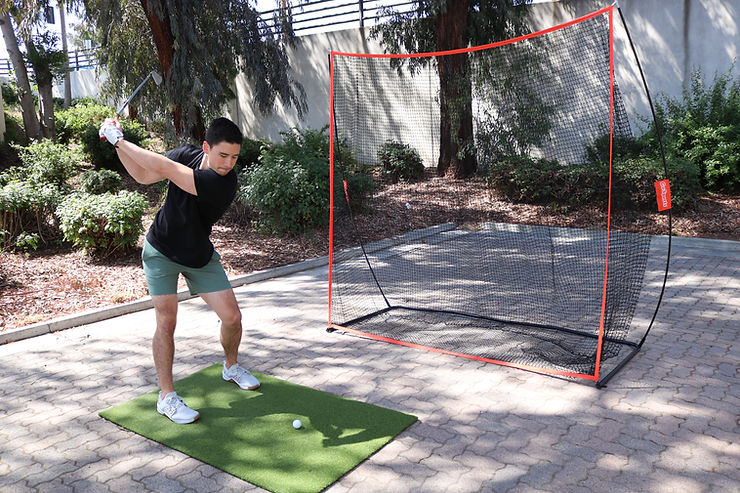Introduction
Running is a globally embraced physical activity, attracting approximately 50 million regular participants in Europe and 42 million in the USA. Running is a fantastic form of exercise, but it can take a toll on the body. To ensure a runner’srunner’s well-being, physical therapy has become an integral part of their fitness journey. In this article, we will explore the ins and outs of physical therapy for runners, uncovering its benefits and key components.
How Physical Therapy Works with Runners
Statistics show that while immensely popular, running is associated with a notable risk of injuries. The wide range, from 30 percent to 75 percent of runners experiencing running injuries annually, underscores the complexity of factors contributing to these issues.
Physical therapy and running go hand in hand, forming a dynamic partnership in maintaining and improving an athlete’s performance. A skilled physical therapist becomes a guide, assisting runners in navigating the challenges and maximizing their potential.
Benefits of Physical Therapy for Runners
Studies indicate that runners can enhance their running mechanics through visual and audio feedback training under the guidance of a physical therapist. This improvement in running form may contribute to a decreased risk of injuries for runners.
Understanding the profound impact of physical therapy, particularly on addressing tight muscles, let’s delve into its specific advantages in injury prevention, performance enhancement, and recovery and rehabilitation.
Injury Prevention
One of the primary advantages of incorporating physical therapy into a runner’s routine, especially to prevent common running injuries, is crucial. Therapists identify potential issues before they escalate, providing therapeutic exercises and strategies to mitigate risks and keep runners on track.
Performance Enhancement
Beyond preventing injuries, physical therapy aims to enhance care for runners, focusing on addressing muscle weakness and strength. Tailored exercises and interventions, integrated into a personalized training program, target specific areas, improving muscle strength, flexibility, and overall endurance.
Recovery and Rehabilitation
Physical therapy becomes a vital treatment for runners when injuries occur, addressing issues such as muscle imbalances and restricted range of motion. Therapists may incorporate techniques like dry needling in rehabilitation programs tailored to the runner’s needs, ensuring a swift return to the track or trail.
Key Components of Physical Therapy for Runners
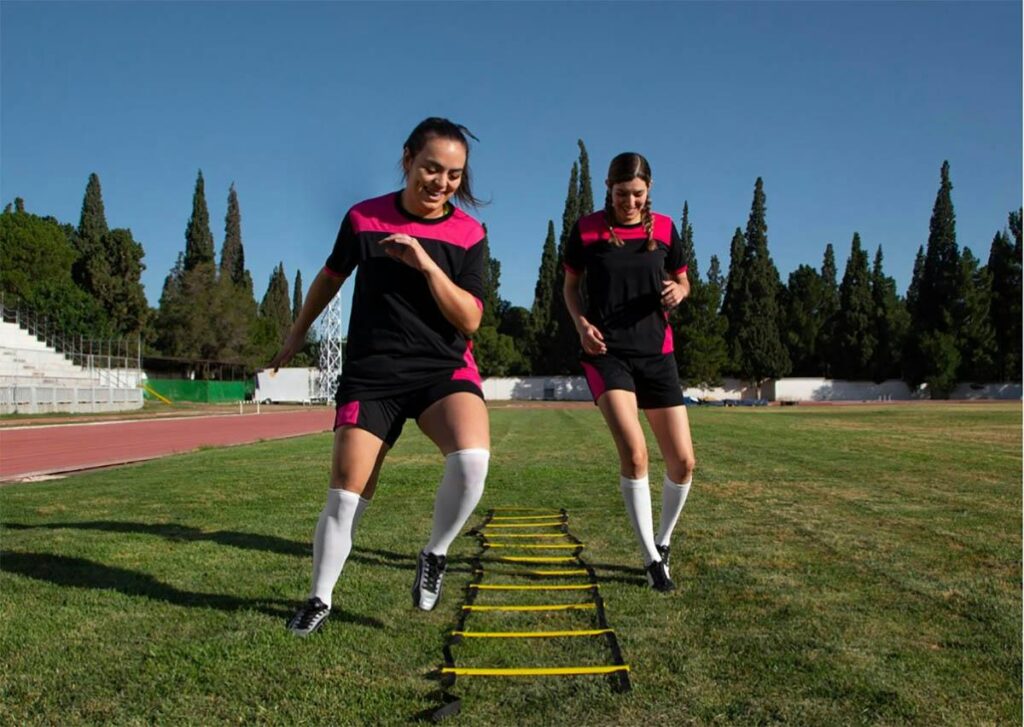
Understanding the profound impact of physical therapy, especially as a treatment for runners, let’s explore its specific advantages in terms of injury prevention, performance enhancement, and recovery and rehabilitation.
Assessment and Diagnosis
A crucial starting point in addressing running-related injuries, especially as a symptom of a runner, involves a thorough assessment and diagnosis. Physical therapists conduct a biomechanical analysis, evaluating the runner’s gait and musculoskeletal health to create a personalized treatment plan.
Tailored Exercise Programs
Physical therapists design customized exercise programs addressing the unique needs of individual runners, focusing on preventing sports injuries and managing chronic pain. These programs may include strength training, flexibility exercises, and specific drills to optimize performance.
Techniques and Modalities
Utilizing various techniques and modalities, physical therapists employ hands-on methods, such as massage and stretching, along with cutting-edge technologies like ultrasound and laser therapy, to address common injuries, including muscle strain. These approaches enhance recovery and performance for runners.
Tips on Choosing the Right Physical Therapist for Runners
Selecting the right physical therapist is crucial for a successful and tailored experience. Consider the following tips:
Specialization in Sports: Look for professionals specializing in sports-related therapy, particularly those well-versed in the unique needs of runners, including specific exercises for runners in a tailored training plan.
Expertise in Running Mechanics: Seek therapists with a deep understanding of running mechanics, as their expertise ensures a targeted approach to treatments for runners, addressing your unique requirements effectively.
Proven Track Record: Research the therapist’s track record, including success stories from other runners, especially endurance athletes. A history of positive outcomes indicates their effectiveness in catering to the unique needs of endurance athletes like yourself.
Personalized Attention: Opt for a therapist who values personalized attention, recognizing that a one-size-fits-all approach may not be as effective as a customized plan based on your individual needs and specific forms of exercise.
Collaborative Approach: Choose a therapist who encourages collaboration. An open line of communication and a collaborative effort between you and your therapist can significantly impact the success of the therapy.
Incorporating Physical Therapy into a Runner’sRunner’s Routine
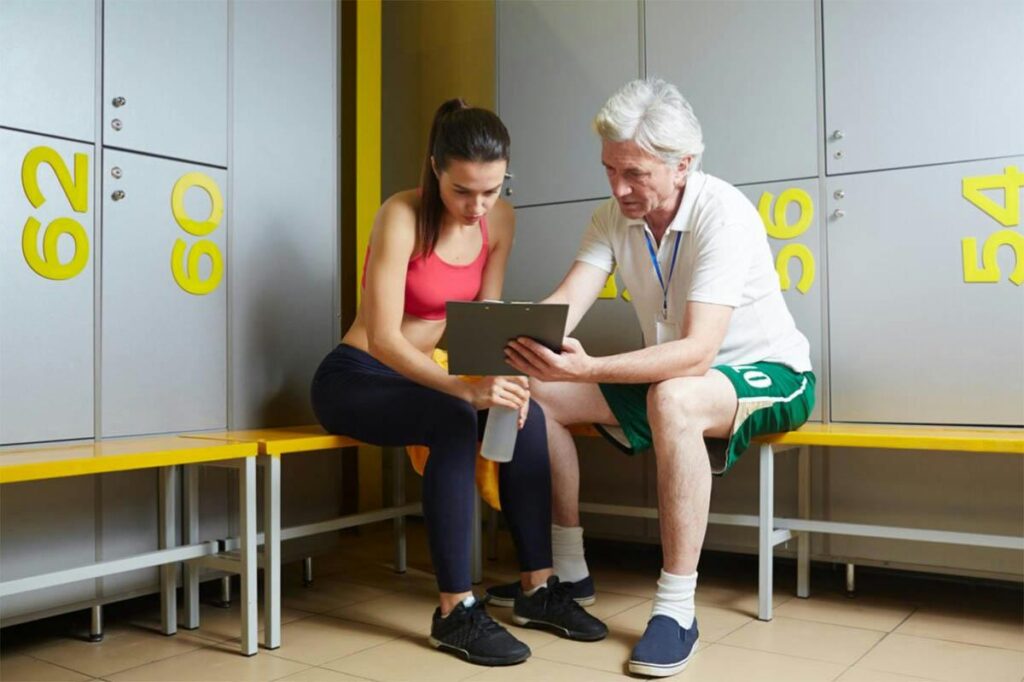
Embarking on the journey of physical therapy for runners involves understanding its key components. Let’s discuss the crucial elements that form the backbone of effective therapy, including assessment and diagnosis, tailored exercise programs, and the utilization of various techniques and modalities.
Commitment and Consistency: Allocate dedicated periods of time for your regular physical therapy sessions, focusing on your knee joint health, and prioritize consistency by sticking to the recommended schedule for maximum benefits.
Regular Sessions: Attend sessions punctually, avoiding skips or delays. Consistent attendance, crucial for knee joint health, enables the therapist to monitor progress and make necessary adjustments, including manual therapy, for optimal results.
Adherence to Prescribed Exercises: Adhere diligently to the prescribed exercise regimen, particularly focusing on exercises that address knee pain. Consistent practice of these recommended exercises not only accelerates progress but also aids in preventing setbacks.
Open Communication with the Therapist: Maintain open communication with your therapist, emphasizing a comprehensive evaluation and sharing concerns and progress promptly. This collaborative approach ensures that the therapy remains tailored to your evolving needs.
Want to Improve Running Experience? Consider The Movement Schopp
For those seeking a holistic approach to running wellness, exploring The Movement Schopp could be a game-changer in alleviating runner’s hip pain and boosting running performance. This innovative program combines physical therapy, specialized exercises, and expert guidance to elevate the running experience.
Ready to enhance your running journey? Take the first step with The Movement Schopp and transform the way you run.
Conclusion
In conclusion, physical therapy is not just for addressing injuries; it’s a proactive strategy to enhance a runner’s overall well-being and performance. By incorporating the right therapy into your routine and choosing a knowledgeable therapist, you can enjoy the benefits of running while minimizing the risks.
FAQs
Q1: Can physical therapy help with running?
A1: Absolutely. Runners physical therapy is instrumental in preventing injuries, enhancing performance, and facilitating recovery for runners.
Q2: Does PT help with the runner’s knee?
A2: Yes, a physical therapy personalized plan is highly effective in addressing and rehabilitating a runner’s knee, offering tailored exercises and interventions specifically designed for physical therapy for common running injuries such as runner’s knee.
Q3: Should you do PT before or after running?
A3: Ideally, a combination of both is beneficial. Pre-run therapy can help prevent injuries, while post-run sessions aid recovery and muscle maintenance.


